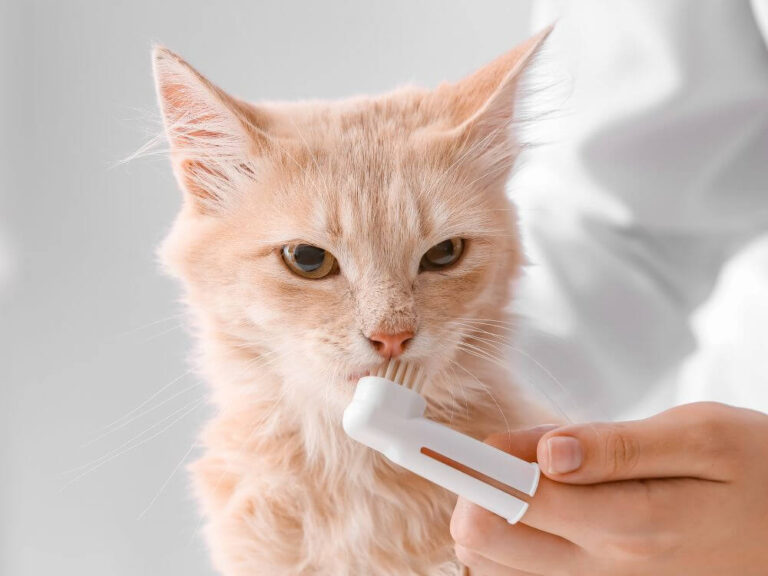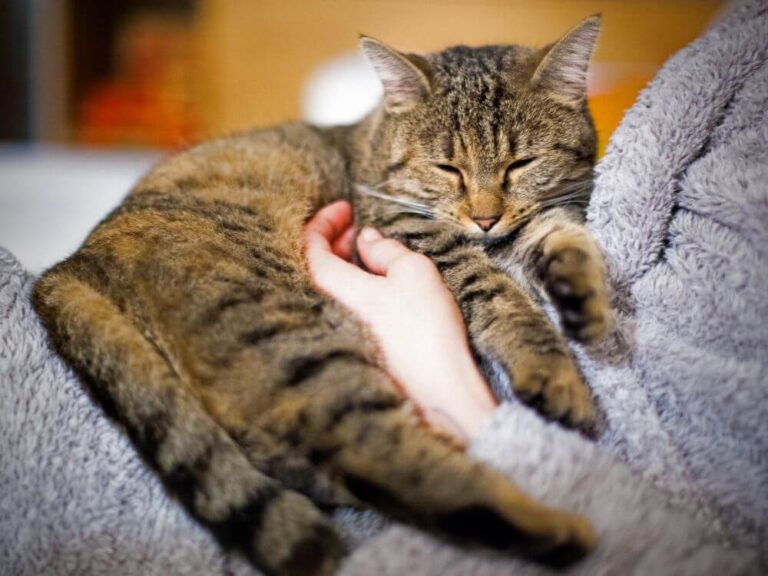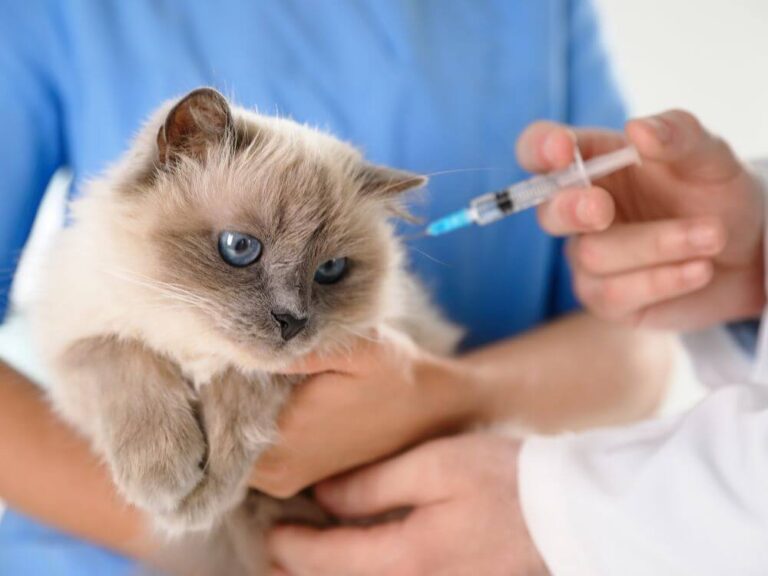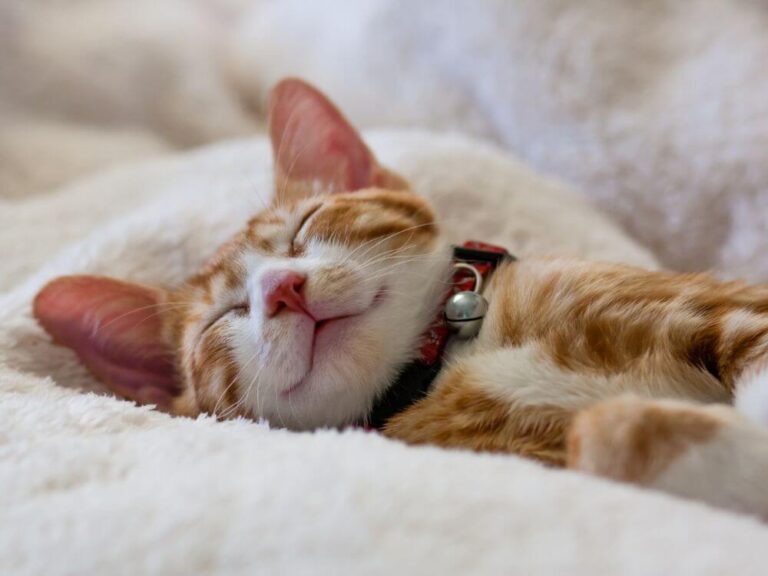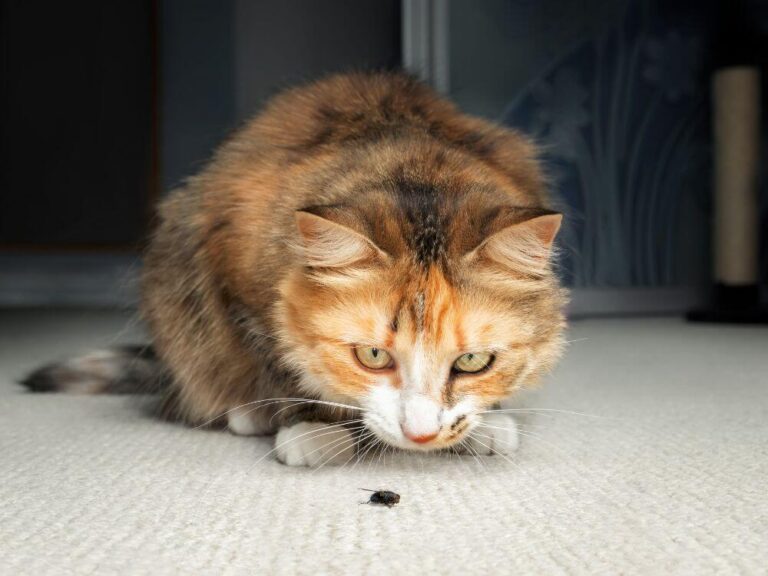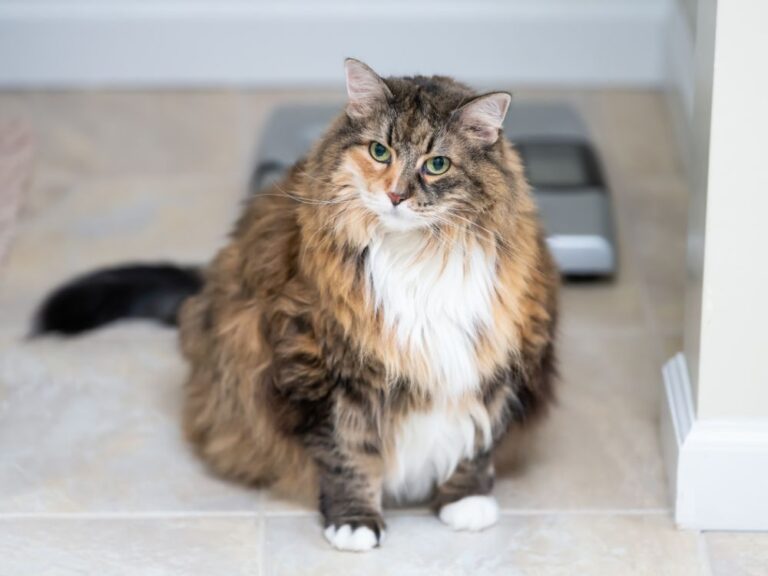Why Do Cats Bite Their Nails?
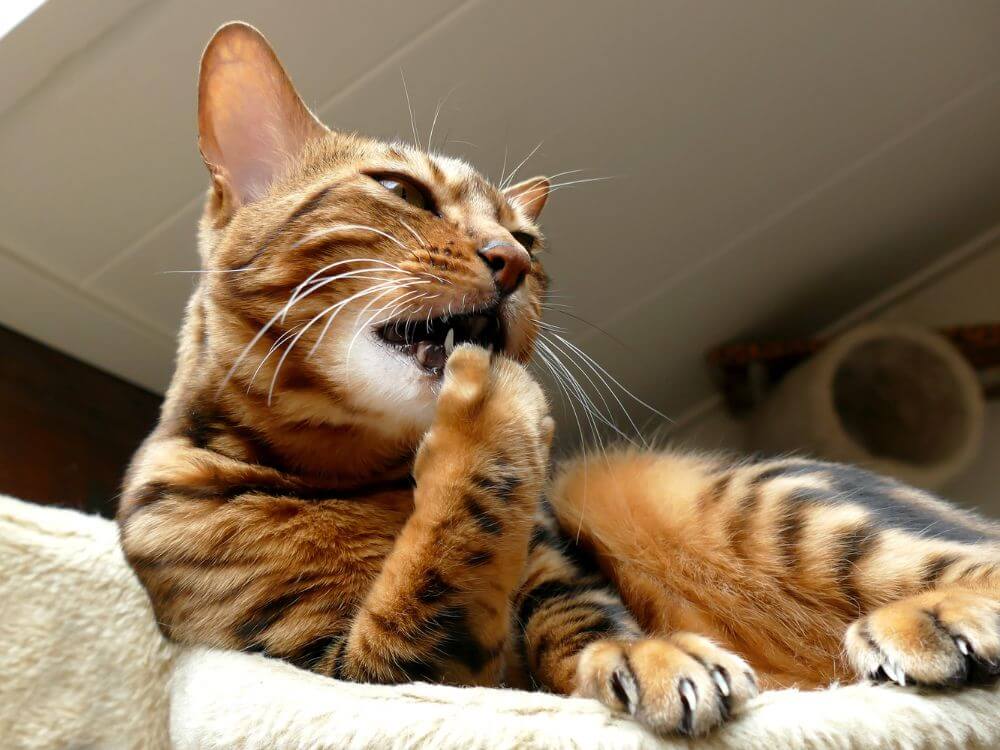
Cats are meticulous groomers, often dedicating several hours a day to keeping their fur, paws, and nails in pristine condition. But have you ever noticed your cat biting their nails and wondered why they engage in this peculiar behavior? While nail-biting in cats might seem odd, it’s actually a common practice among our feline friends. This behavior can stem from a variety of reasons, ranging from natural grooming habits to underlying health concerns. Understanding why cats bite their nails can help you ensure your furry companion’s well-being.
Natural Grooming Habits
One of the primary reasons cats bite their nails is to maintain them. Cats have retractable claws, which they regularly extend and retract. This action helps keep their claws sharp and ready for hunting or defense. However, their nails can sometimes become overgrown or develop small bits of dead skin and debris. By biting their nails, cats trim away excess nail material and remove any dirt or skin buildup, ensuring their claws remain clean and functional.
Stress and Anxiety
Just like humans, cats can develop habits as a response to stress or anxiety. Nail-biting might be a self-soothing behavior for some cats, helping them cope with feelings of unease. Changes in the household, such as moving to a new home, introducing a new pet, or even rearranging furniture, can trigger stress in cats. In such cases, nail-biting might become more frequent. If you notice your cat biting their nails more than usual, consider whether any recent changes might be causing them anxiety. Addressing the underlying stressor can help reduce this behavior.
Boredom and Lack of Stimulation
Cats are intelligent and curious creatures that need mental and physical stimulation. Without enough playtime or enrichment activities, they can become bored, leading to the development of repetitive behaviors, including nail-biting. Providing your cat with interactive toys, climbing structures, and regular play sessions can help alleviate boredom and reduce the need for self-directed behaviors like nail-biting.
Health Issues and Discomfort
While nail-biting is often harmless, it can sometimes indicate an underlying health issue. Cats might bite their nails if they experience discomfort or pain in their paws. For instance, ingrown nails, fungal infections, or injuries can cause irritation, prompting your cat to chew at their claws. In such cases, it’s essential to inspect your cat’s paws regularly for signs of redness, swelling, or unusual discharge. If you suspect a health problem, consult your veterinarian for a thorough examination.
Overgrown Nails
In the wild, cats naturally wear down their claws through activities like climbing, scratching, and hunting. However, domestic cats might not engage in enough of these activities, leading to overgrown nails. Overgrown nails can become uncomfortable, making it difficult for cats to walk or retract their claws properly. To alleviate this discomfort, your cat might resort to biting their nails. Regular nail trimming can prevent overgrowth and reduce the need for your cat to chew on their claws.
Parasites and Skin Conditions
Parasites like fleas or mites can cause itching and irritation, particularly around a cat’s paws. In response, your cat might bite their nails to alleviate the discomfort caused by these parasites. Additionally, skin conditions such as dermatitis or allergies can also lead to itching and nail-biting. If you notice your cat scratching excessively or if they seem to be focused on their paws, it might be worth checking for signs of parasites or skin issues.
Habitual Behavior
In some cases, nail-biting can become a habitual behavior, similar to a human biting their nails out of habit. This might not be linked to any specific cause but rather become a part of your cat’s grooming routine. While habitual nail-biting is generally harmless, it’s important to monitor the frequency and intensity of the behavior to ensure it doesn’t lead to any self-inflicted injuries.
When to Be Concerned
While occasional nail-biting is normal, excessive or aggressive chewing can be a cause for concern. If your cat is biting their nails to the point of causing bleeding, swelling, or visible discomfort, it’s crucial to seek veterinary advice. Persistent nail-biting might indicate a deeper issue that requires professional attention. Additionally, if the behavior is accompanied by other symptoms such as limping, excessive licking, or changes in behavior, a veterinary consultation is recommended.
Tips to Help Reduce Nail-Biting
If you notice your cat biting their nails frequently, there are several steps you can take to help reduce the behavior:
- Regular Nail Trimming: Keep your cat’s nails at a healthy length by trimming them regularly. This can prevent overgrowth and reduce the need for nail-biting.
- Provide Enrichment: Engage your cat in interactive play and provide toys that encourage physical activity. Scratching posts and climbing structures can also help keep their nails healthy.
- Monitor Stress Levels: Pay attention to changes in your cat’s environment that might cause stress. Try to maintain a stable routine and provide a calm, safe space for your cat.
- Check for Health Issues: Regularly inspect your cat’s paws and nails for signs of infection, injury, or parasites. Consult your veterinarian if you notice anything unusual.
- Offer Alternatives: Sometimes, redirecting your cat’s attention can help. Offer toys or treats that encourage healthy behaviors and distract them from nail-biting.
Conclusion
Cats bite their nails for various reasons, ranging from natural grooming to coping with stress or discomfort. While this behavior is typically harmless, it’s essential to monitor your cat’s nail-biting habits to ensure they don’t signal an underlying issue. By understanding the reasons behind your cat’s nail-biting and taking proactive steps to address them, you can help keep your feline friend healthy, comfortable, and happy. If you’re ever in doubt about your cat’s behavior, don’t hesitate to consult with a veterinarian for advice and guidance.

